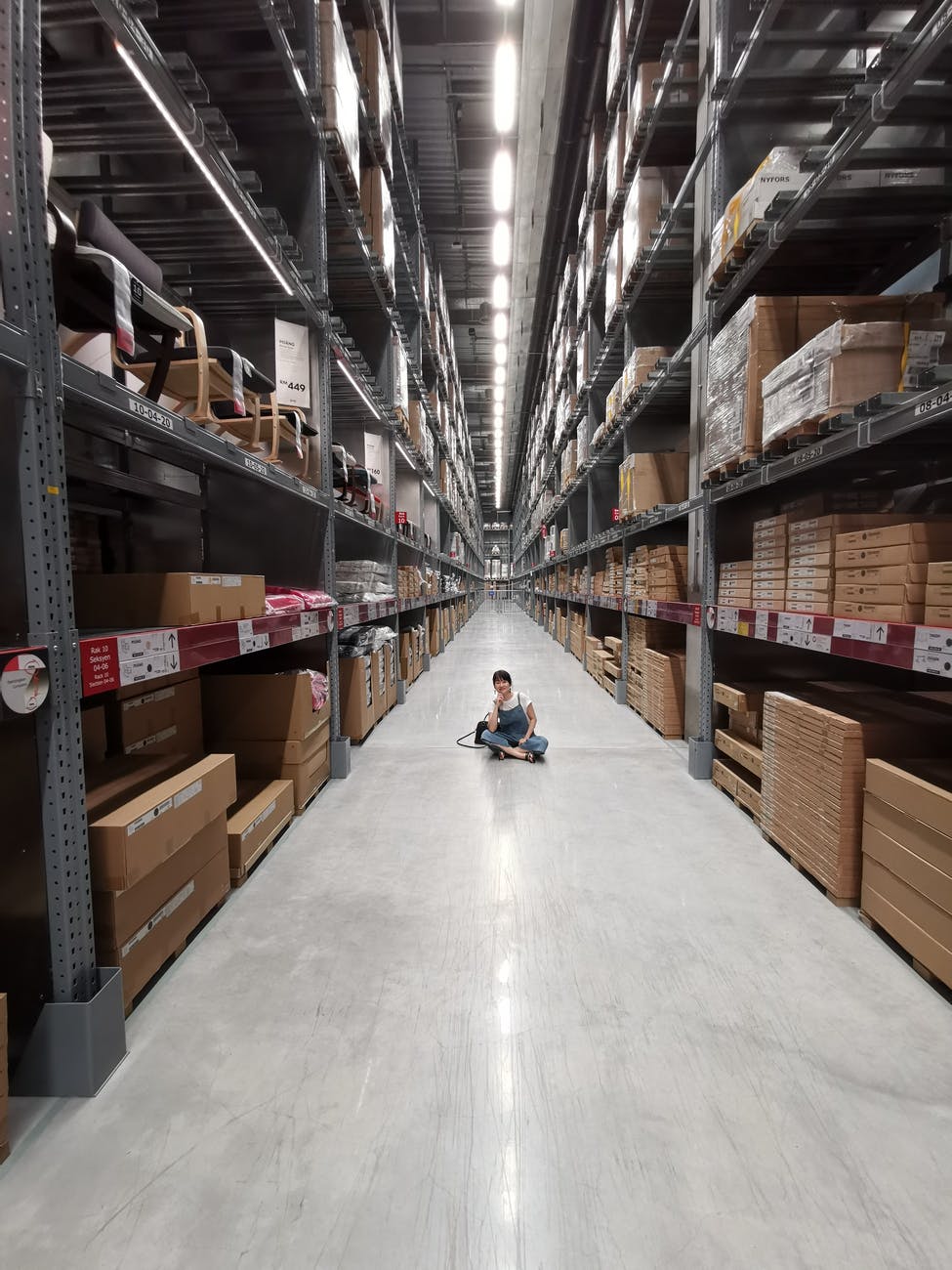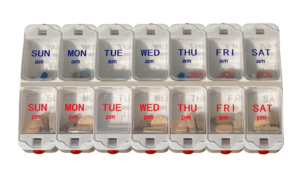Cardinal Health is a multi-billion dollar logistics and distribution company that specializes in pharmaceuticals. They manage a variety of products, including brand names and generic drugs as well as over-the-counter drugs, beauty and health items, and their private labels. The nature of pharmaceutical products makes it more difficult for them to manage pharmaceutical warehousing. They are also smaller, less consumable, and more expensive than other drugs, making their job even more challenging. Brian Heath, the Director of Advanced Analytics at Cardinal Health and an experienced user AnyLogic software, used agent-based modeling to solve business problems. This saved Cardinal Health more than $3 million annually.
Problem:
Cardinal Health is an important link in the healthcare supply chain. They offer next-day delivery to more than 30,000 locations, including hospitals, retail pharmacies, and physicians’ offices. Additional value-added services such as efficiency and demand management, working cash management, and contract credit management are also available to help with the challenges of poor manufacturing reliability or supply disruptions due to FDA regulations. Cardinal Health must adapt to the fluctuations in pharmaceutical distribution management.
Cardinal Health takes into account the facility layout, product flow, order picking, labor scheduling, customer orders, congestion, and order planning for analysis and day-to-day operations management. Traditional analytical tools, such as empirical trial-and-error, can be risky, costly, and difficult to modify. Researchers in industrial engineering would recommend mathematical models. However, the models are not able to capture unexpected dynamics. A standard mathematical model will not solve problems that are open to emergent behavior, such as congestion. Third, discrete or process-driven modeling is ineffective because it cannot represent a facility naturally. Cardinal Health and Brian Heath explored other analysis options.
Solution
Cardinal Health was able to solve many warehouse problems using agent-based modeling (ABM) and AnyLogic Simulation and Modeling software. ABM is an abstraction of autonomous distributed entities that can interact through space and time with each other. This allows Cardinal Health to track work time allocation, congestion wait times, cycle time, distance traveled, and other important metrics.
The final goal of the model was to track the activities and interactions between employees during the day. It was necessary to import data such as picking times and performance standards into it. Cardinal Health now can collect congestion wait time data to see what kind of problem it is creating in the warehouse. “Agents” are individuals who have special relationships with each other. The model also includes parameters such as worker speed, worker behavior, cycle times, and product turn-around.
It was essential to be able to import Excel files as Cardinal Health has many warehouses. This makes it mandatory to test multiple layouts. AnyLogic allows you to make changes in a matter of minutes. Simply update the Excel file and import it into the model.
Result:
Cardinal Health can use AnyLogic software to create an Agent-Based Model that allows them to compare layouts, pick technology, and product slotting strategies. They can also evaluate different picking methods to update staffing models or provide support on the floor if orders change. Statistic data is collected such as the time it takes to complete a batch, how many trucks are unloaded per hour, and the sequence of events.
The model showed that the random distribution of work was a problem, in addition to the clarity provided by the metrics. The workload of each employee was different, making them both faster and slower. Employees began to work at the same pace when they were able to balance their workload. Congestion dropped dramatically.

Some of the Project’s results
Cardinal Health was able to reduce shift time from 10.5 to 7.25 hours by using AnyLogic software and increased employee capacity. Cardinal Health has saved more than $3 million annually by using AnyLogic Simulation technology and Agent-Based Modeling.
Brian Heath, Director, Advanced Analytics, Cardinal Health, states that AnyLogic’s agent libraries and flexible architecture enables the project to continue its success. You can watch his presentation to learn more about Agent-Based Modeling in real-world applications.






More Stories
What Does The Term “Haulage” Mean?
Defamation During Divorce Process